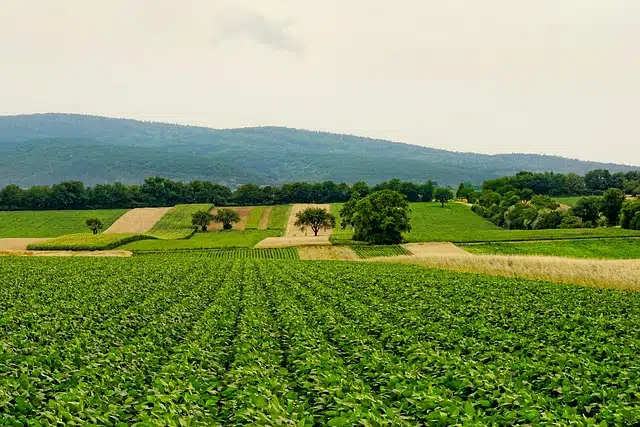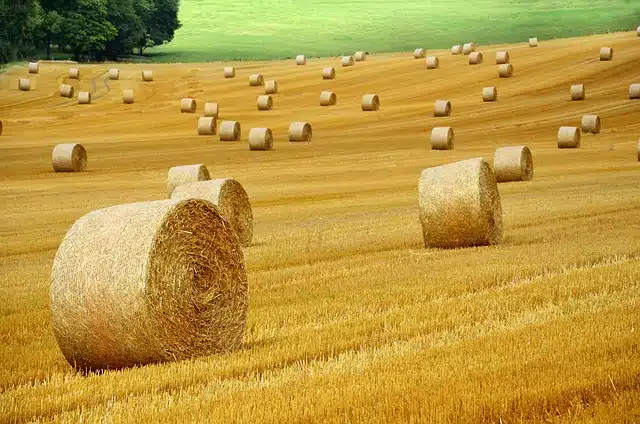
A latifundia is an agricultural holding that is characterized by its large area.
Latifundio , from the Latin latifundium , is a large rustic property . It is a large agricultural operation that, in general, does not use all of its resources efficiently. The person who has one or more large estates is known as a latifundista .
For example: "The governor has assured that he will fight the large estates since he intends for the land to be distributed among many neighbors" , "This Italian magnate has several large estates in the south of the country" , "Serious complaint against the main large estate in the region : He is accused of contaminating the environment” , “If Don Fabián's field continues to grow, it will soon be a large estate” .
Extension of a large estate
The criteria to define what a latifundio is may vary. There is no fixed number of hectares that convert a field into a large estate, but it depends on the region and the practices associated with agricultural exploitation.
In Europe , a latifundia may have a few hundred hectares. This surface, however, will not be considered a large estate in Latin America , where agricultural holdings are usually much larger. Latin American latifundia, therefore, usually exceed 10,000 hectares in area. When the farms are smaller, they are known as minifundios .
It is possible to say that a latifundia is a large agricultural property, but it is necessary to point out that the concepts of exploitation and ownership do not always go hand in hand: while a exploitation can consist of various properties of different owners (whether by cooperative, lease or other type of association or transfer), a property can consist of many plots or farms, and also be exploited by different entrepreneurs, both directly (it is done by the owner himself, hiring the necessary labor, depending on the size of the property) and indirect (through tenants).

The usual thing is that in a large estate not all resources are used efficiently.
Social and economic characteristics
Regarding the economic and social characteristics that convert an agricultural farm into a large estate, we can mention the workforce that is maintained in precarious conditions, the little investment in technology , the low unit yields and the use of land well below the maximum exploitation level.
For all this, landownership is considered one of the causes of social instability, with the exception of newly developed areas, where labor is scarcer. Some of the methods that have been implemented to try to find a solution to the problems caused by large estates include agrarian reform (the modification of the property structure, including expropriations) to the implementation of market agriculture, modernizing the exploitation.
Formation and development of a large estate
The causes of the formation of the latifundio are historical, and coincide with colonizations and military conquests (such as the Germanic invasions , the creation of the Old Roman Empire , the colonization of the American continent by Europeans and the Spanish Reconquista ) or with changes at a socio-economic and political level (the British enclosures throughout the 18th and 19th centuries, the feudalization of Eastern Europe between the 14th and 18th centuries and the confiscation of Spain in the 19th century , among other examples).
The development of landownership, or the lack thereof, was also highly influenced by the physical properties of the terrain, whether mountainous, a valley, a plain , etc. Given the difficulties that the characteristics of a mountainous area impose on large landowners, smallholdings have always been the predominant option there.
In the period known as the Roman Republic , which took place between 509 BC and 27 BC , large-scale cultivation and large agricultural estates developed notably, probably because the cultivation of wheat also became widespread to replace other cereals. Little by little, the latifundia absorbed small property, the exploitation of slaves and monopolistic measures grew.
